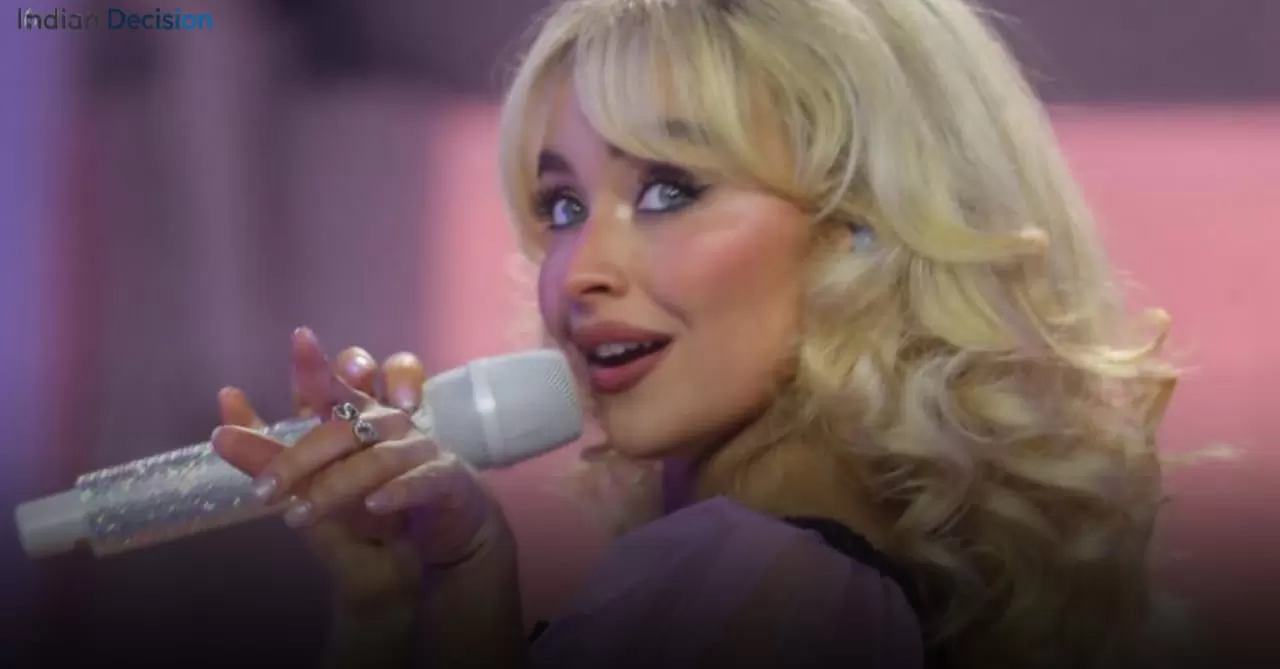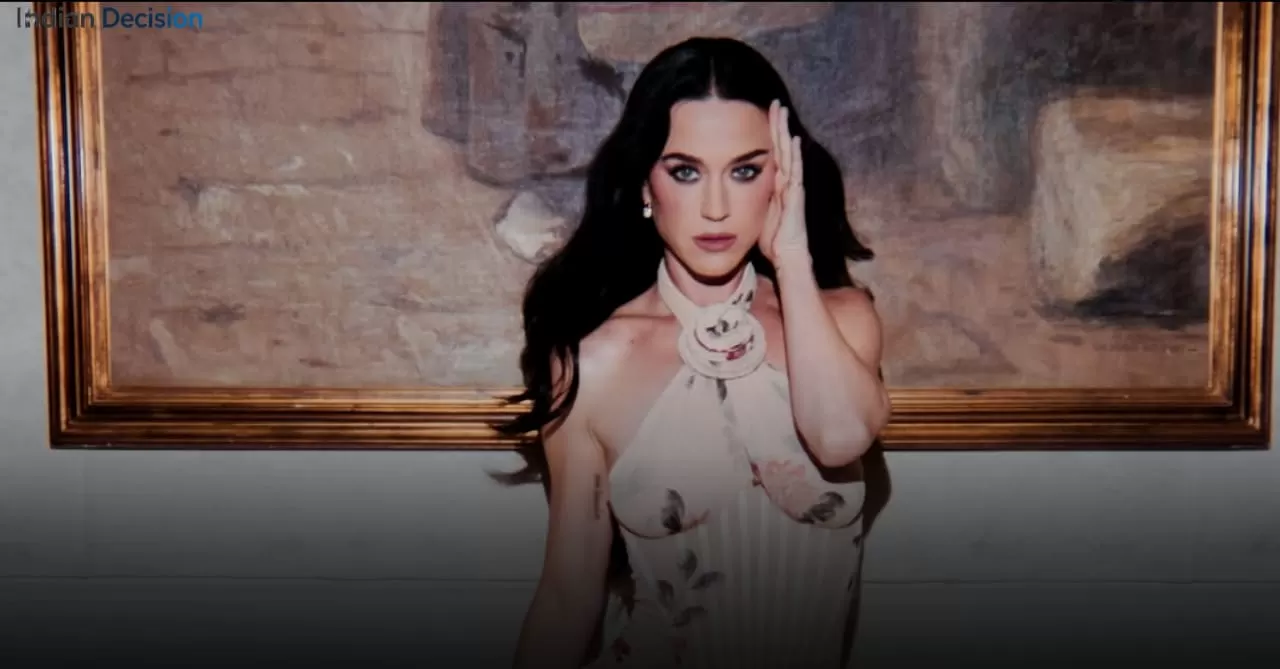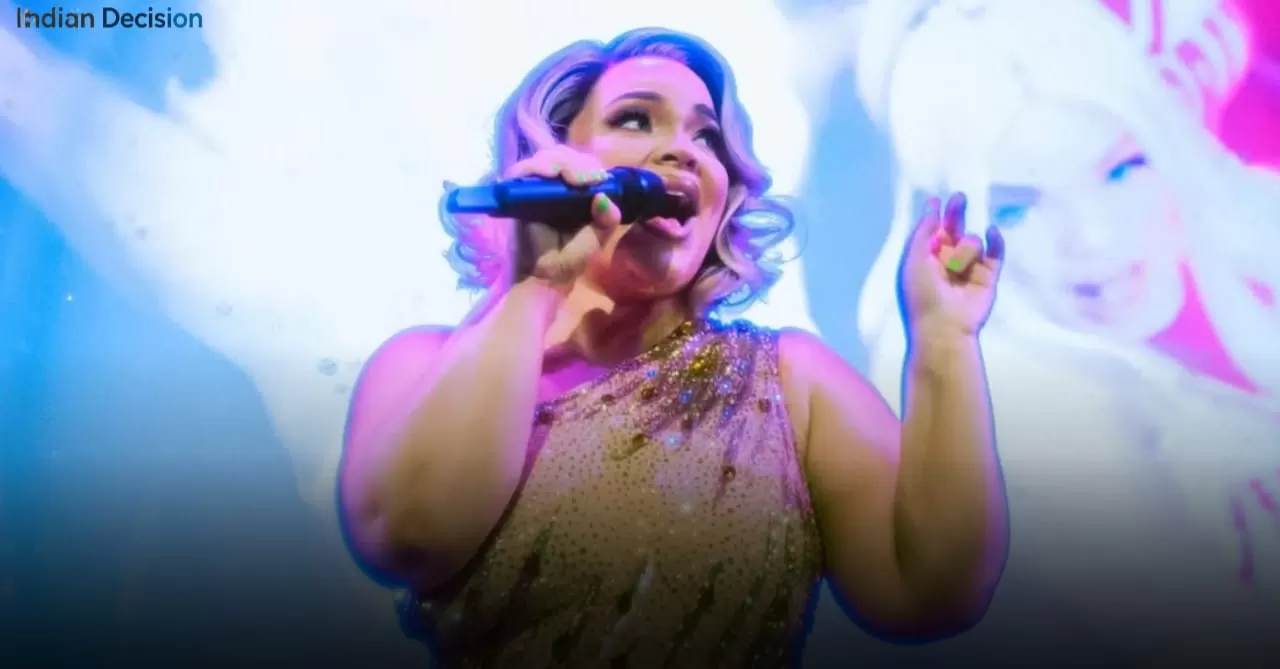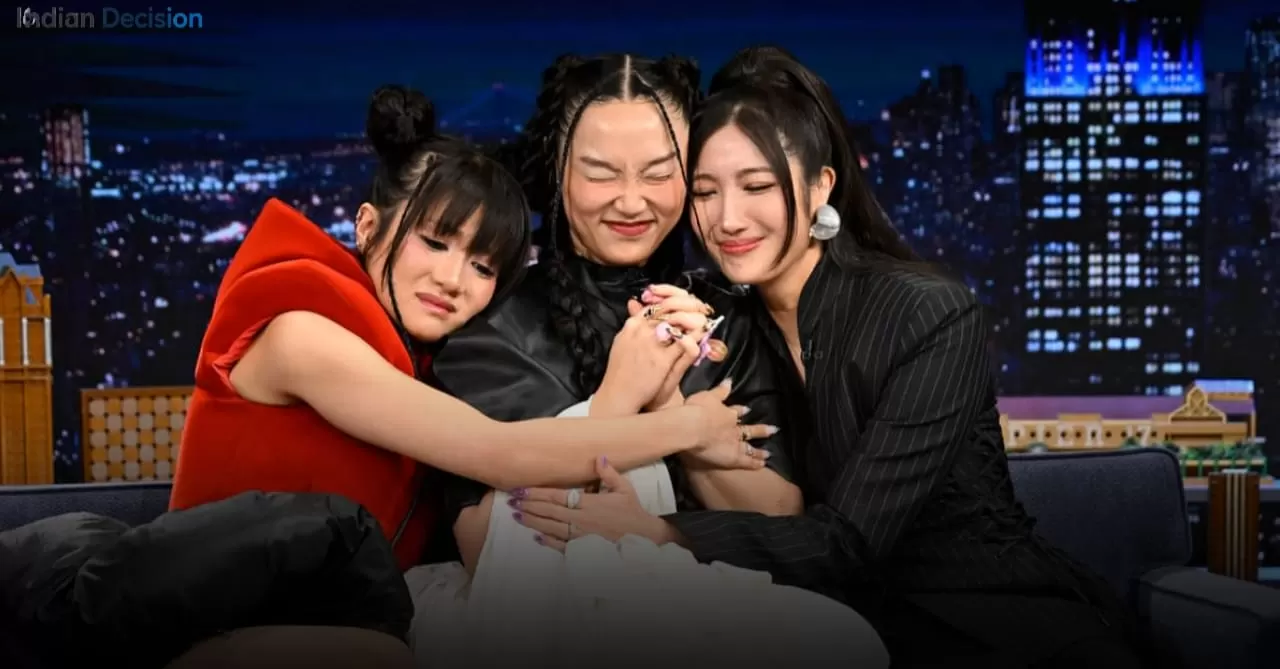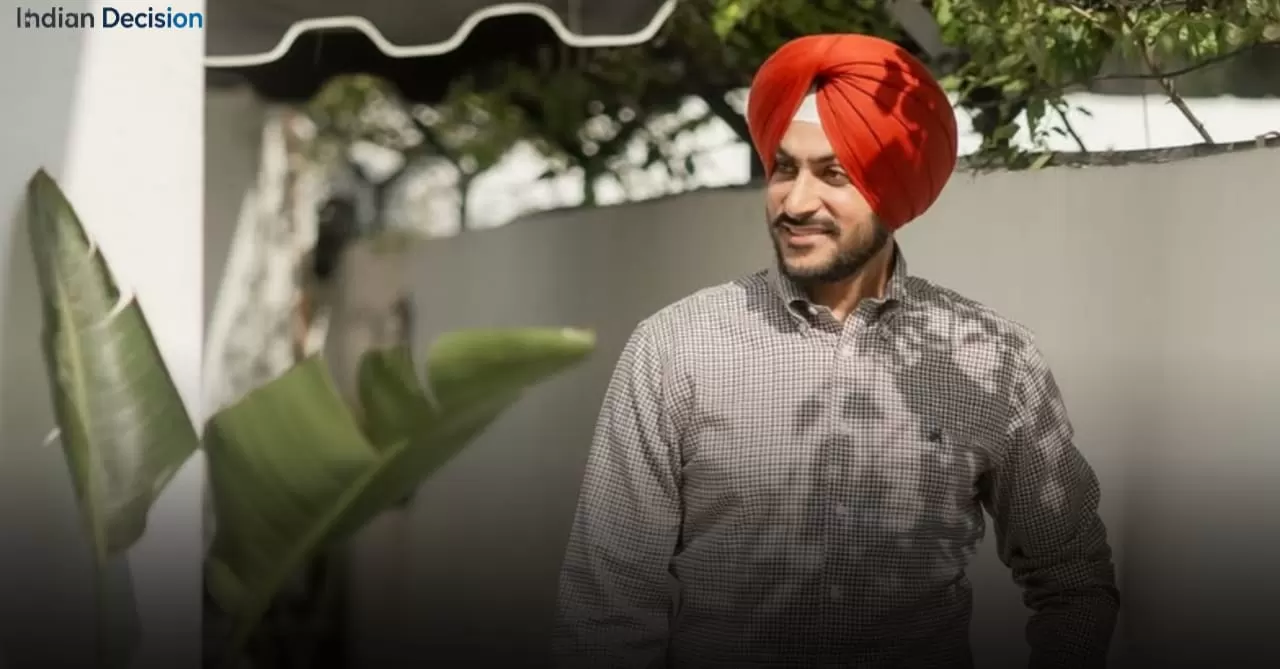Sabrina Carpenter Releases Bold New Album ‘Man’s Best Friend’
Today, pop star Sabrina Carpenter unveiled her seventh studio album Man’s Best Friend, a 12-track project that blends cheeky humor with biting honesty. Alongside the record, she premiered the music video for the single “Tears,” featuring actor Colman Domingo in a flamboyant, Rocky Horror–inspired role. The release has quickly become one of the most discussed cultural moments of the week, sparking debates about artistry, image, and the direction of modern pop music.
The Making of ‘Man’s Best Friend’
Carpenter’s rise from Disney Channel alum to chart-dominating pop act has been marked by careful reinvention. With Man’s Best Friend, she takes a riskier turn, opting for daring themes and playful provocation. Produced with the help of Jack Antonoff and a roster of young collaborators, the album mixes polished pop hooks with lyrics that lean into satire and self-awareness. Industry insiders note that this shift reflects a broader trend in pop where artists embrace irony and theatrics as much as vulnerability.
Tracklist and Key Songs
The album’s tracklist highlights Carpenter’s range and willingness to experiment:
- “Manchild” – a sharp commentary on immature relationships.
- “Tears” – the flirtatious centerpiece and promotional single.
- “My Man on Willpower” – a tongue-in-cheek ode to self-control.
- “We Almost Broke Up Again Last Night” – storytelling ballad with emotional bite.
- “Never Getting Laid” – provocative humor woven into a catchy chorus.
- “House Tour” – a satirical take on influencer culture.
- “Goodbye” – the reflective closing track.
Early reactions identify “Manchild” and “Tears” as breakout songs, with fans sharing lyrics and interpretations across social media platforms. The variety in subject matter also signals Carpenter’s intent to blur the line between confessional pop and performance art.
Inside ‘Tears’: Lyrics and Themes
Despite its title, “Tears” isn’t about heartbreak in the traditional sense. Instead, it uses playful metaphors about household tasks and everyday maturity to frame desire in a refreshingly domestic light. Lyrics reference “doing dishes” and “assembling IKEA furniture,” turning ordinary chores into symbols of intimacy and partnership. Critics argue that the song cleverly challenges gender norms while maintaining mainstream appeal through its danceable beat and hook-driven chorus.
The Theatrical Music Video
The “Tears” video takes Carpenter’s vision even further. Directed with nods to cult horror and camp musicals, the clip follows Carpenter as she stumbles into a gothic mansion populated by drag performers. Colman Domingo’s performance as a Frank-N-Furter–like figure grounds the spectacle with gravitas and theatrical flair. The visual juxtaposes eerie set design with cheeky choreography, offering both shock value and entertainment.
Film critics have noted the video’s references to The Rocky Horror Picture Show and Carpenter’s ability to channel parody without losing sincerity. Theatrical choices like exaggerated costumes and surreal lighting emphasize the song’s underlying theme of embracing unconventional expressions of love and desire.
Fan and Critical Response
Reactions to the album and video have been sharply divided. Supporters see Carpenter’s boldness as a natural evolution for an artist seeking to escape the shadow of her Disney past. They applaud her refusal to sanitize her lyrics and her openness to experimentation. On platforms like X (formerly Twitter) and TikTok, fans have been quick to share clips, praise Domingo’s cameo, and dissect hidden references in the songs.
However, not everyone is convinced. Some reviewers argue that the album prioritizes spectacle over musical depth, suggesting that Carpenter relies too heavily on shock value. Others point out that while the production is glossy, it occasionally overshadows the songwriting. These debates underline the central question of Carpenter’s new era: is she pushing boundaries for art’s sake or for attention?
Industry Context and Comparisons
Carpenter’s pivot with Man’s Best Friend mirrors moves made by other pop stars seeking longevity. From Miley Cyrus shedding her Disney image to Lady Gaga embracing shock theatrics in her early years, reinvention is a time-tested strategy. For Carpenter, this record seems designed to cement her as more than a chart-friendly act-it positions her within the lineage of performers who use provocation to spark dialogue about gender, sexuality, and artistry.
Music analysts also note the commercial calculation: by combining Antonoff’s signature sound with provocative visuals, Carpenter ensures both critical attention and streaming virality. Spotify and Apple Music prominently featured the album on release day, signaling industry confidence in its reach.
Where to Stream and What’s Next
Man’s Best Friend is available now across major streaming platforms including Spotify, Apple Music, and Amazon Music. Carpenter is scheduled for upcoming appearances on late-night television, where she is expected to perform “Tears” and possibly “Manchild.” Sources close to her team suggest additional music videos are already in production, meaning this album cycle is just beginning.
For listeners interested in the lyrics and deeper meanings, entertainment outlets are publishing guides and annotated breakdowns. Meanwhile, fan communities are already speculating about hidden Easter eggs that could tie the songs to Carpenter’s personal life.
Today’s Update
The release of Man’s Best Friend has dominated streaming charts on its first day, with “Tears” breaking into Spotify’s Top 10 global songs. Carpenter has also confirmed via social media that she will perform live at the MTV Video Music Awards later this month, giving fans a chance to see the theatrical single brought to life on stage.
Final Take
Sabrina Carpenter’s Man’s Best Friend is more than just another pop album. It is a statement of identity, a blend of satire and sincerity that positions her firmly in the conversation about pop’s future. Whether audiences embrace the provocation or criticize its excesses, one fact is clear: Carpenter has ensured that she is no longer a supporting player in the industry but a leading voice demanding attention.

